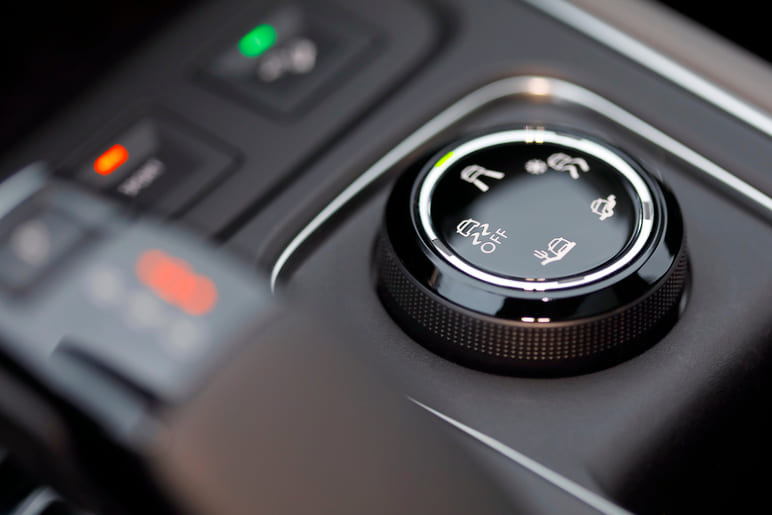
No matter the conditions or terrain, locking differentials can keep you moving forward.
Whether it is on a gravel trail or icy road, muddy path or rocky terrain, as motorists we all dread the moment where we stop moving, when one wheel seems to be spinning like mad, but we still aren’t going anywhere. Losing traction on a slippery surface can be a nightmare and a really tricky situation to deal with. It is precisely this situation that differential locks are designed to deal with. A diff lock can get your car moving again when caught in tricky, off-road situations and knowing how to use differential locking and what it does is going to enable you to traverse difficult terrains with ease and get more from your off-road vehicle.
Differentials: The basics
Before we go into what a locking differential is and answer the question of when would you use a diff lock, it is important that we understand what differentials are in the first place.
A differential is a gear train that allows the engine torque to be split two ways, allowing each wheel on an axle to spin at a different speed. This is vital for handling and taking corners on high-traction surfaces (such as normal tarmac roads). For a vehicle that is rear wheel drive, this wouldn’t be a problem for the front axle; these wheels can already turn independent from one another. Wheels on drive axles, however, need to be joined, so differentials are what allow wheels that are joined together on one axis to turn at different speeds.
What we call a differential is an assembly made up of a drive shaft with a pinion gear on the end of it which interlocks with a ring gear. This ring gear contains within it a spider gear and two side gears. The spider gear is free to rotate on its own axis, but all three of these gears rotate with the ring gear. These two side gears are joined to the axle shafts connected to the wheels.
When the car is going straight , the drive gear turns the ring gear and the spider and side gears move as one solid unit, without turning themselves. But when the car makes a turn, the spider gear rotates on its axis and the side gears can move at different speeds, allowing the wheels in turn to rotate at different speeds. This is essentially for cornering.
When a vehicle corners , the distance each wheel has to travel is different. The outside wheel has to go further than the inside wheel. Because of the different length of the paths, the wheels have to have the ability to travel at different speeds, as the speed of the outside wheel needs to be greater than that of the inside wheel (it has to travel a greater distance in the same time). The resistance for the outside wheel will also be lower.
The differential sends power to the outer wheel with less resistance allowing it to rotate faster, so that it can complete the turn in the same time as the inner wheel, allowing the car to perform sharper turns and improve handling. This basic setup is referred to as an open differential.
If your car didn’t have differentials , the wheels would have to be locked together, forced to spin at the same speed. A certain amount of tension would build up when cornering because the outside wheel tries to rotate quicker that the inside wheel. The only way for this tension to relieve itself is for a wheel to skip or skid over the surface or with a drive shaft snapping. Both of these aren’t ideal. It makes in the best case scenario poor handling or stuttering, or costly repairs.
All wheels on an AWD or 4WD vehicle need to be able to rotate at different speeds, so all powered axles – front and rear in a 4WD – will have a differential. Cars only have one differential, but 4X4 vehicles can have up to three differentials – front, centre, and rear.

How does a differential lock work?

A locking differential is especially important for 4WD or AWD vehicles and is designed to solve the problems encountered with an open differential.
The problems start when one or more wheels hit a patch of ground where there is less resistance and less traction, something like ice, gravel, mud, or oil, or even when the wheel is in the air. Since with an open differential engine power always goes to the wheel with the least resistance (because this is what we would want for cornering) in these scenarios the wheel spins a lot, but goes nowhere because of the lack of traction with the surface. This kind of loss of wheel traction is common in off-road situations and to keep the car moving locking differentials were designed.
A locking differential is essentially an open differential with the ability to be locked in place to create a fixed axle instead of an independent one. The driver can activate this manually or in some systems can happen automatically when the vehicle detects that a wheel is slipping. By locking the axles, it means both wheels have the same power, so the wheel with the most traction will always have power and the car can still drive forward.
Full time AWD and 4WD have differentials on the front axle and on the real axle. This means that regardless of whether a wheel on both axles is slipping, the vehicle can still move forward. Theoretically, three wheels could be in the air, but the vehicle could still move forward as long as the front and rear differentials are locked. If there is a third differential in the middle of the drivetrain (centre differential), this too can often be locked to even out the drive speed difference between the front and rear axle. The centre differential in a 4WD vehicle is almost always a locking differential. This centre differential can then lock so all 4 wheels lock together and they all get equal power. In combination with the front and rear differentials, this means that even if 3 wheels have no traction, the one that does can still turn the other three.
Locking differential types
There are two types of locking differentials – automatic and manual.
Automatic diff locks will engage or lock automatically when wheel traction is lost. Once traction has been regained, the diff lock will release or open. Some automatic locking diffs will only disengage once one wheel is required to spin faster than the others, for example when cornering.
Manual diff locks are controlled by the driver and they can therefore decide if and when extra traction is required. Most manual diff locks are activated by using a switch on the dashboard or gearstick and they function using compressed air, an electromagnet, or are cable-operated.
Benefits of locking differentials
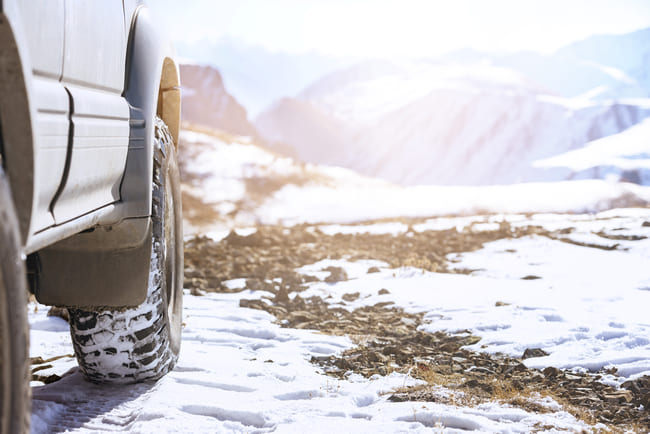
The benefit of a locked differential is it is able to gain considerably more traction in tough situations than an open differential. In an open differential, torque is equally split 50/50 and this means that if one wheel has no traction, this torque is ‘wasted’. In a locked differential the torque is not equally split 50/50, which means more torque can be channelled to the wheel that has the better traction – and is not limited by the lower traction of the other wheel at any given moment.
Let’s imagine you are driving over rocky terrain and one of your wheels leaves the ground. This may be the wheel that has the most driving power, leaving the other three wheels struggling to get enough traction to push the vehicle forward. A locking differential ensures that maximum power is put into all wheels, providing a much needed boost to your forward propulsion.
A differential lock is also, therefore, a really important safety feature. It acts as a kind of traction control system and by stopping unnecessary wheel spin, it can be a lifesaver when driving in treacherous icy or snowy conditions.
Disadvantages of locking diffs
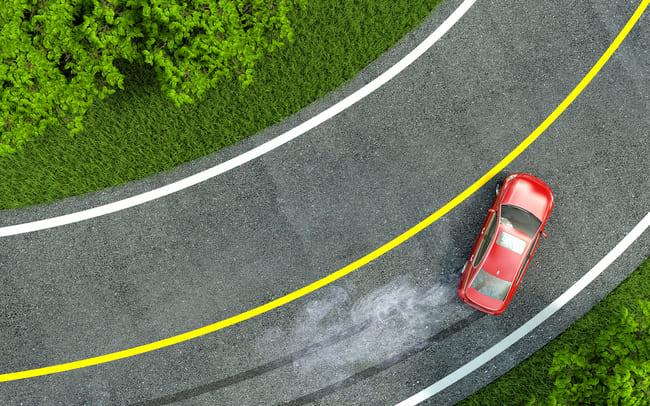
When a car’s rear and front axles are constantly locked, this can severely reduce handling when driving on a good quality surface, such as an ordinary road. The wheels will be forced to move at the same speed because they are connected and this makes cornering a lot harder and can result in skidding.
In turn, this is going to put stress on the drivetrain. Open diffs were designed as a stress reliever, so constantly using locking differential will put this stress back on if used on high traction surfaces. This can easily damage the transmission if going constantly around sharp corners. Since when you are off-roading the type of surface can switch very quickly, when using a manual locking differential there is the risk that you will damage your transmission.This excessive torque on the drivetrain is known as ‘axle binding’.
How to use differential locking
Knowing how to properly use differential locks is vital for your safety and your car’s well-being. First, unless you are driving on roads in poor weather conditions such as snow or ice or that are made of dirt, gravel, or mud, you shouldn’t use a diff lock. You will only need to engage your locking differential when you need extra traction, so you may only use it for a few moments on each off-road adventure. Leaving it on or using it excessively can cause the binding we mentioned above.
Listen to it!
Making corners is difficult and you could cause serious damage to the axles and transmission.
Off-road enthusiasts differ in opinion as to which of the potential three diff locks (front, rear or central) works best. While a rear locking differential seems to be the most effective, you can experiment yourself out on the dirt roads.
Now you know all of this about differentials, you can go out and master using them! This is going to make off-road driving a lot easier and you’ll be able to take on more challenging paths and traverse more difficult terrains. Locking differentials – letting you off-road, where no one has off-roaded before!
- @user_185497509.09.2023 02:28Member
Excellent run down












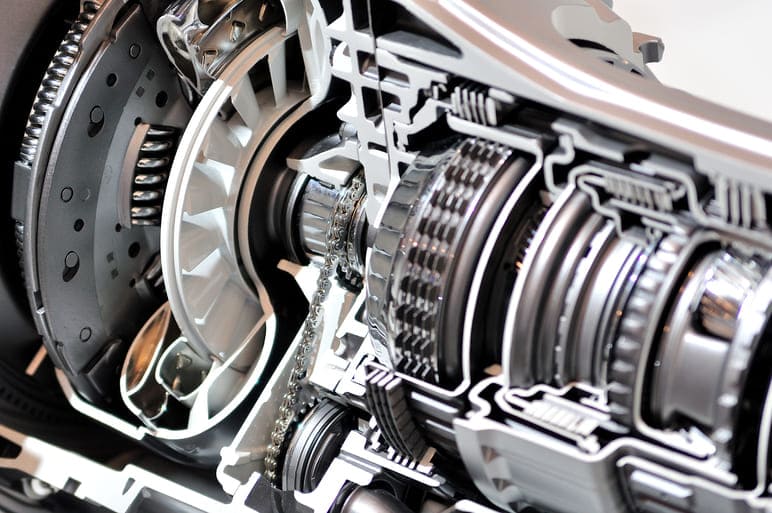


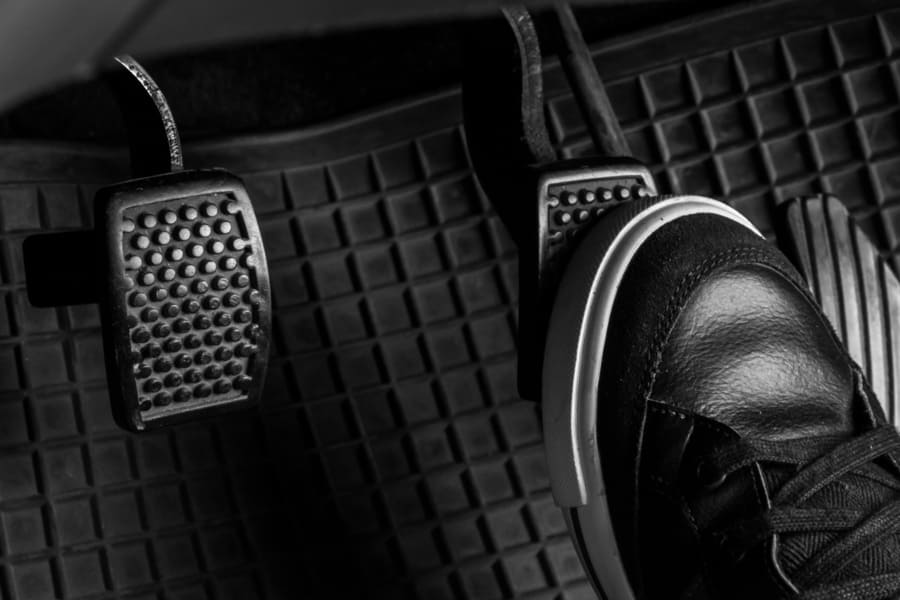
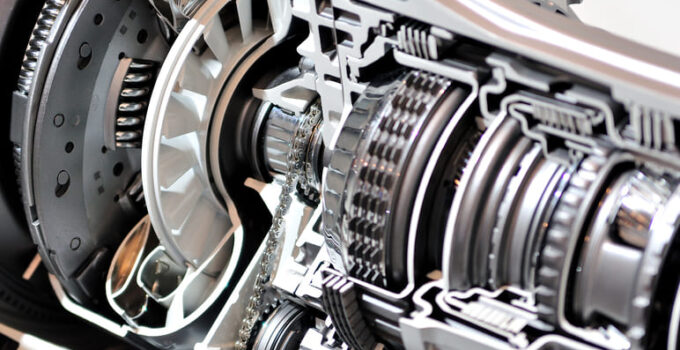
Comments – 1